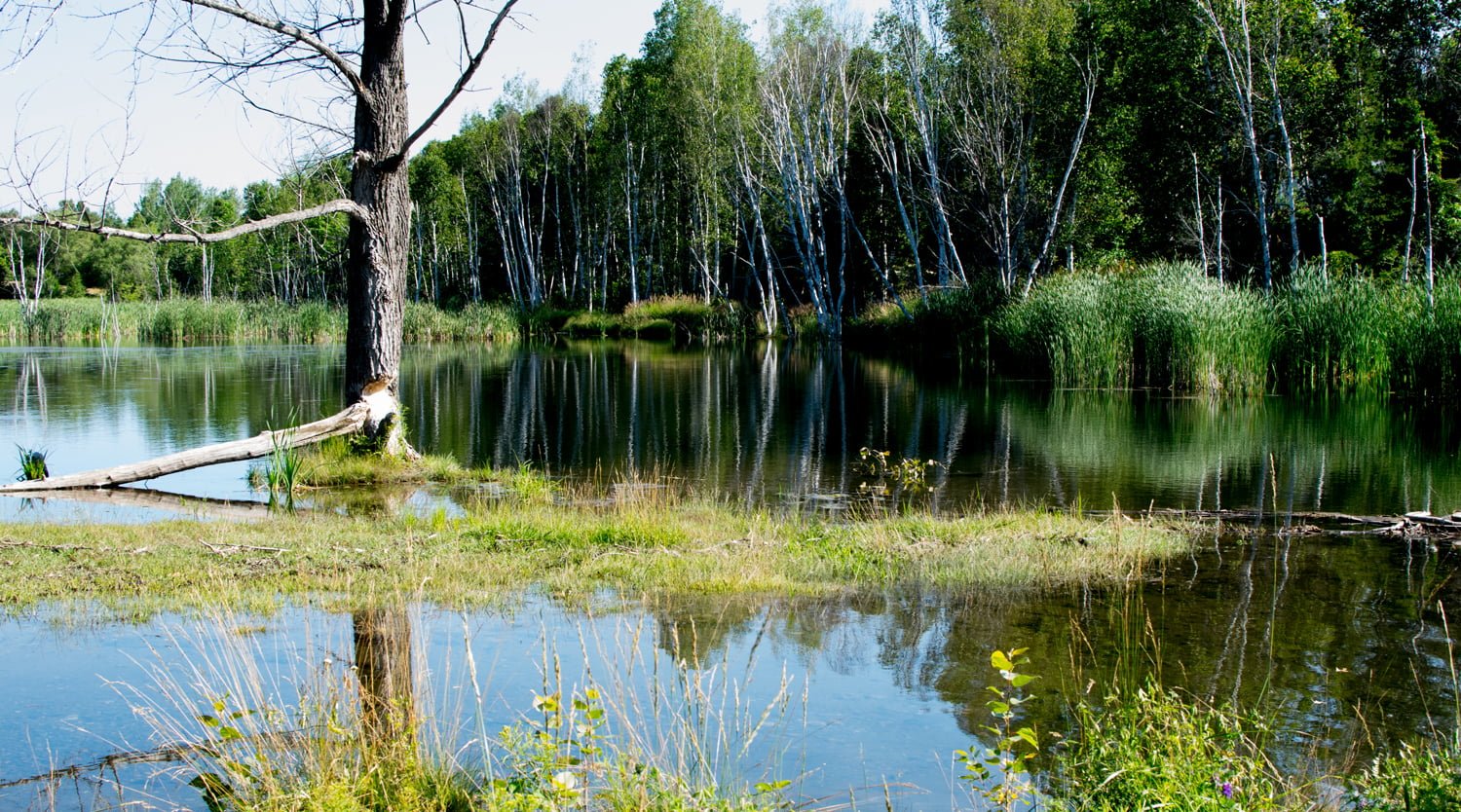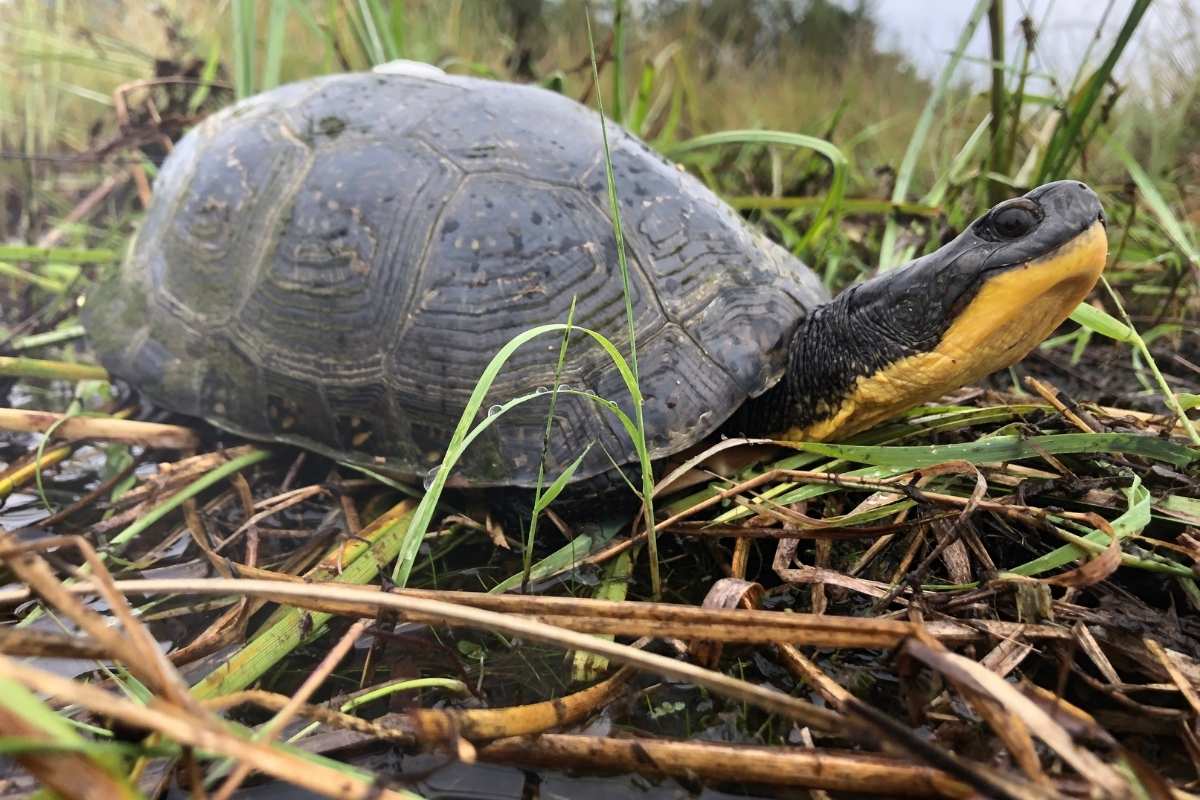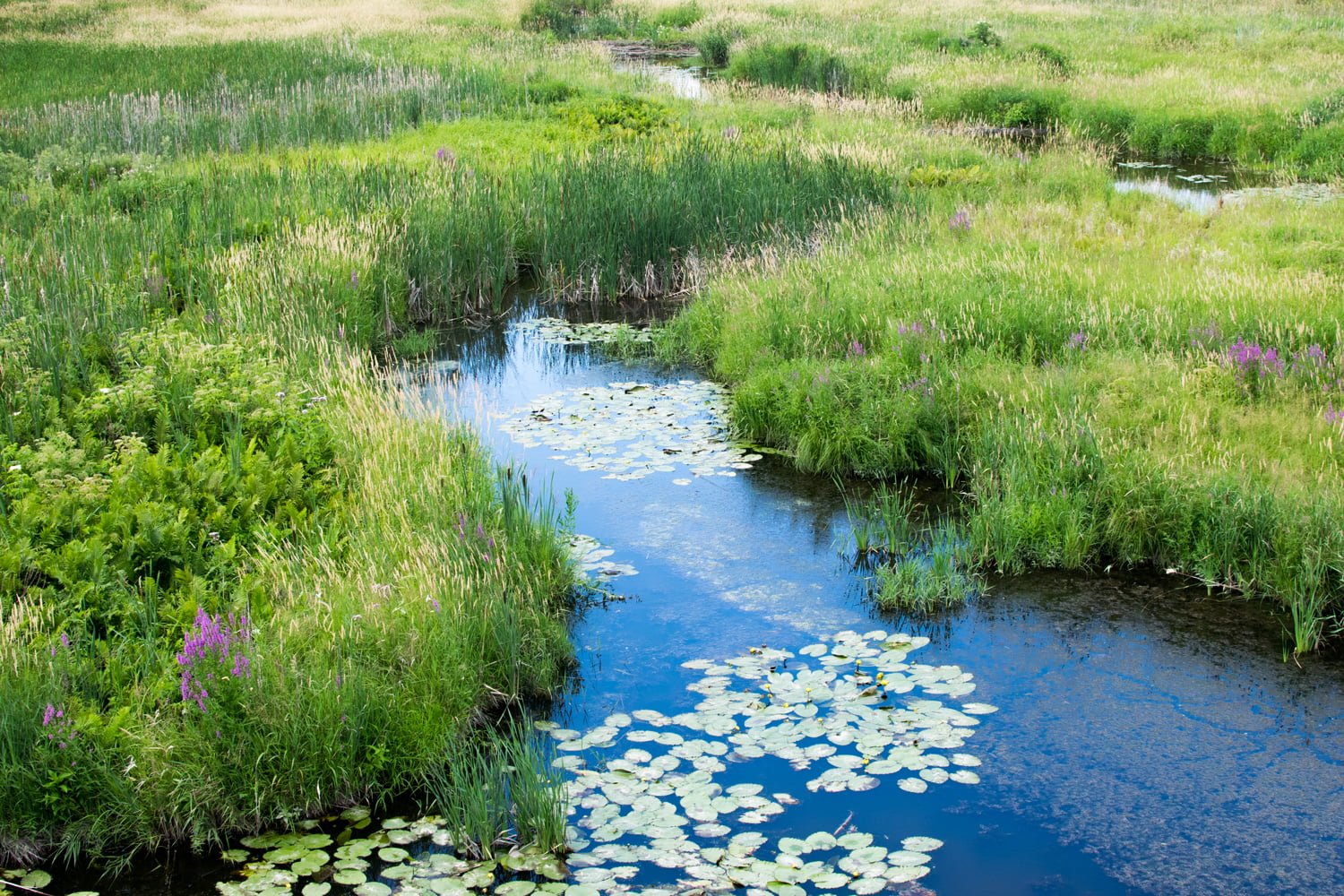
Research and Monitoring
The Junction Creek Stewardship Committee is committed to the restoration of the Junction Creek Waterway and with this commitment comes a need for research. We perform a variety of research with the aim of monitoring changes in the health of the Junction Creek ecosystem. This data helps to direct the need for future research and restoration activities.

2019-2020 Monitoring and Promoting Urban Stream Health Project
Funded by the Loblaw Water Fund, City of Greater Sudbury, and Vale Canada Ltd, the 2019-2020 project includes an assessment of fish communities and Brook Trout habitat in the upper reaches of Junction Creek as well as community based restoration activities to improve fish habitat.

Turtle Research Project 2022
The Junction Creek team is conducting a collaborative turtle research project to aid the recovery and conservation of species at risk turtles in Sudbury. Project activities will include free public events and resources to empower community scientists and turtle stewards.

Garson Marsh Project
Close to the headwaters of Junction Creek, this marsh is vitally important to the health of the creek, acting as a filtration system for the water flowing through to Sudbury. Funding was awarded to the JCSC by the Ministry of the Environment and Climate Change in 2017 to conduct an evaluation of the Garson Marsh.

Junction Creek Water Quality Testing
The JCSC conducts monthly water quality testing at 10 carefully selected sites along Junction Creek. By tracking changes in water quality over time, it is our hope that the data collected can be used to influence provincial and municipal policies to help protect Junction Creek, and to have a positive impact on people of Sudbury.

Ponderosa Wetland Project
Located near the heart of Sudbury, the Ponderosa wetland is a valuable resource, providing numerous ecosystem services to the city and acting as a sanctuary to wildlife and plants. The JCSC has shown commitment to the protection of this vital natural space through countless hours of research into its value to both Sudbury and the province.
